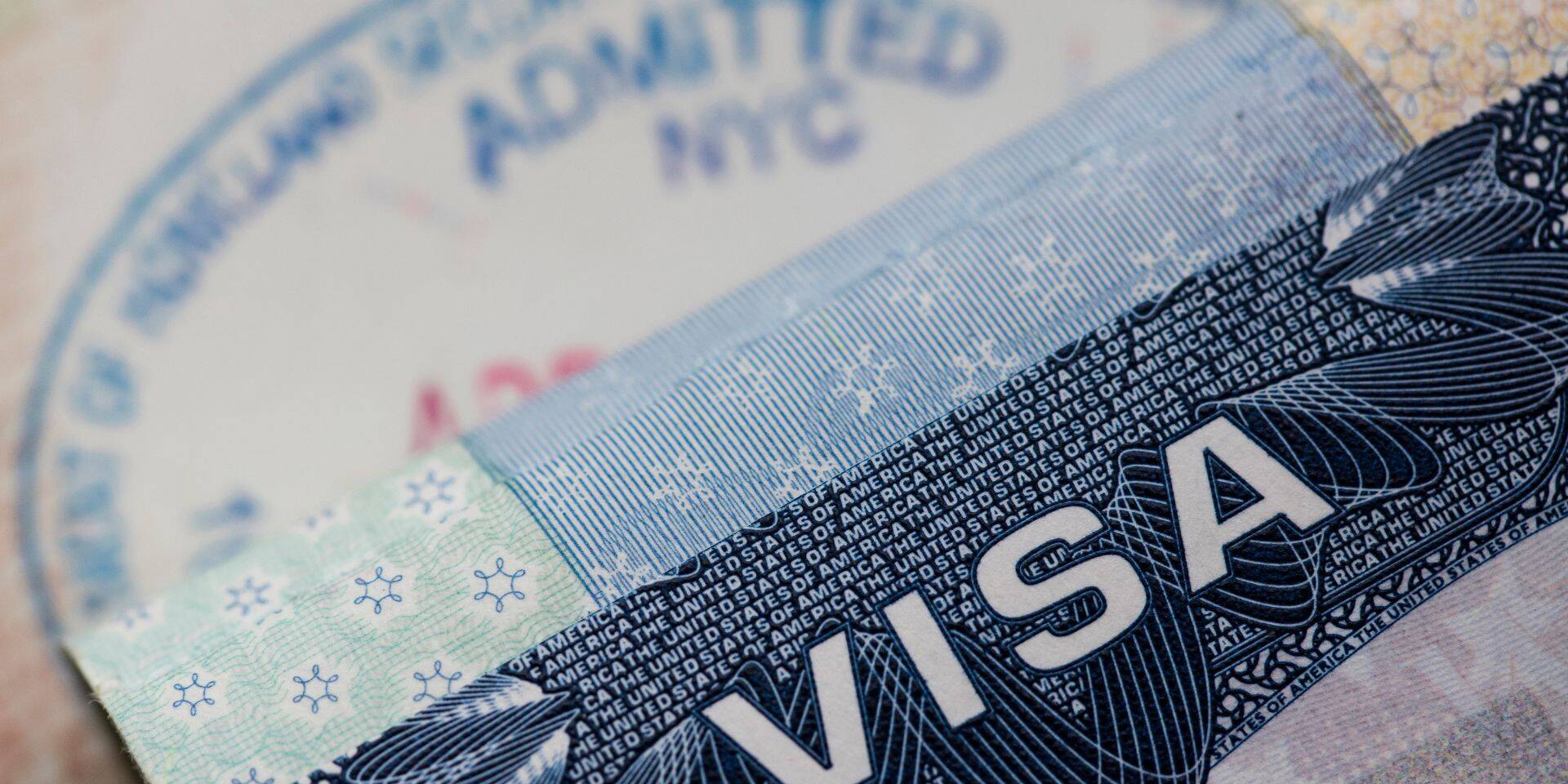The K-1 visa, often referred to as the fiancé visa, is an avenue for the fiancée of U.S. citizens to come to the United States with the intention of getting married in the country. This visa allows the fiancé a single entry to the U.S. to get married within 90 days of their admission to the U.S. Essentially, it is an hourglass requiring the couple to get married within 90 days. Amidst the anticipation and joy, it’s possible to overlook this essential requirement. Here, we analyze the options of the U.S. petitioner and their spouse in the event the marriage takes place outside of the 90-day timeframe.
The Immigration and National Act (INA) enables a U.S. citizen to petition for their immigrant fiancée to enter the U.S. to enter into a valid marriage within 90 days. After this, the K1 beneficiary can file for their green card application and receive their conditional green card which is valid for two years. The K-1 beneficiary is admitted to the U.S. for three months to complete the process. Unlike other nonimmigrant statuses, a K-1 beneficiary is not eligible for an extension of stay in the U.S. past 90 days of their admission. If the couple decides not to get married even after the 90-day period elapsed, the immigrant fiancée has no option but to leave the United States. The statute is explicit on this point. It states a K-1 nonimmigrant may only adjust status, meaning file for a green card, “based upon the marriage of the K-1 fiancée(e) which was contracted within 90 days of entry with the United States citizen who filed a petition on behalf of the K-1 fiancée…” (Emphasis added.)
The INA nor the implementing regulations does not provide an exception to the 90-day marriage requirement. If the K-1 nonimmigrant and their U.S. citizen fiancé do not get married within 90 days, the K-1 nonimmigrant will be in the U.S. unlawfully. The statute and regulations are clear that a K1 beneficiary cannot adjust status on any basis other than marriage to the petitioner. Therefore, the K1 beneficiary is required to leave the United States. It is very important to note that marrying a different U.S. citizen does not allow the K-1 nonimmigrant to stay in the U.S. and file for their green card. If the K-1 nonimmigrant ends up getting married to another person in the U.S., they are still required to leave the U.S. The spouse can then file on their behalf through consular processing to return to the U.S.
If on the other hand, the U.S. citizen and their K-1 nonimmigrant fiancée get married after the 90-days, the nonimmigrant still has a chance to get their green card. This will require the U.S. citizen to file an I-130, Petition for Alien Relative on behalf of their spouse along with the green card application. Instead of adjusting status based on the K-1, the I-130 petition becomes the basis of the green card filing. USCIS may scrutinize why the marriage did not take place within 90 days, however, the path is open.
In order to avoid any complications, it is best to marry within the 90-day requirement. However, life doesn’t always work as we plan. Here at ILBSG, we understand the challenges that arise as you are navigating legal matters and the stress associated with starting a new life in the U.S. Our team of legal experts is dedicated to offering clients legal guidance throughout the process. ILBSG supports both parties through the entire process of the K-1 visa and the status adjustment process that follows. If you have any questions or concerns about a K-1 visa or any other immigration-related issue, please contact us at ILBSG.
Related Posts
May 8, 2025
Immigration Officials used Criminal Database for Student Visa Terminations
DHS revealed they used the FBI-ran NCIC…
May 5, 2025
Big Tech Provides ICE with New Immigration Tracking Software
Federal officials are teaming up with a…


